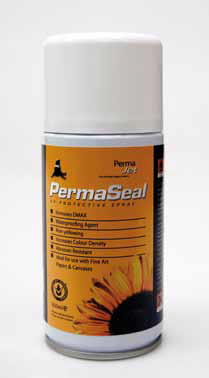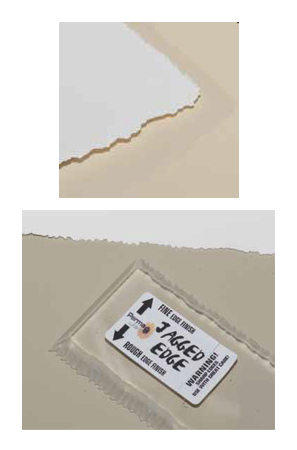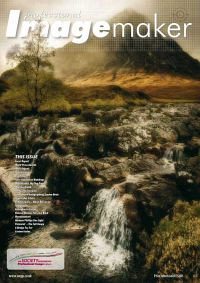articles/Paper/thewholerange-page12
Paper Chase - Permajet -The Wholerange - part 12 of 1 2 3 4 5 6 7 8 9 10 11 12 13
by Mike McNamee Published 01/04/2010

Varnishes and Protection
A general maxim for the safety of the inkjet print is to 'handle it as you would an original watercolour'. Chance would be a fine thing! Many prints are abused by their owners and a small proportion of them turn up at the photographer's doorstep to complain.
There are a number of options. You can laminate the print but this is relatively expensive, the raw materials costs are on a par with inkjet media costs. Varnishing hastraditionally been used by artists to 'fix' pastel and pencil work.
These are sprays, sometimes with a methyl methacrylate base (quite smelly) but they do stabilise a surface and make it more scuff resistant. For ultimate protection a giclee varnish may be rolled or brushed onto a print before mounting or, in the case of canvas, after stretching. They provide the ultimate in protection as they improve fade resistance by keeping UV at bay but also protect against atmospheric pollutants such as sulphides and ozone. A number are available and you can investigate on thePermaJet website.

Deckle Edges
Generally, photographers are poor at presenting their work. Inventive and eye-catching mounting and framing techniques can enhance both your reputation and the value of your work. One of the down-sides is that such niceties can cost more than the production of the inkjet, often by some way.
At least the PermaJet 'Jagged Edge' is inexpensive at £12.95. It is used by holding the 'ruler' down on a piece of art paper and tearing a strip off the edge to leave a ragged edge which is very reminiscent of a hand-made art paper. The ripped print is suitable for float mounting or may be stuck directly to a flat mount, either way it looks very classy. A bold approach is required to perform the ripping and beware of the edges, they are rough milled and very sharp indeed.
There is plenty of scope for experimentation as different papers rip in quite different ways and there will be differences between ripping face-down and face-up. Conduct you experiments on scrap sheets because you have to print first and tear the edge afterwards.
Please Note:
There is more than one page for this Article.
You are currently on page 12
- Paper Chase - Permajet -The Wholerange page 1
- Paper Chase - Permajet -The Wholerange page 2
- Paper Chase - Permajet -The Wholerange page 3
- Paper Chase - Permajet -The Wholerange page 4
- Paper Chase - Permajet -The Wholerange page 5
- Paper Chase - Permajet -The Wholerange page 6
- Paper Chase - Permajet -The Wholerange page 7
- Paper Chase - Permajet -The Wholerange page 8
- Paper Chase - Permajet -The Wholerange page 9
- Paper Chase - Permajet -The Wholerange page 10
- Paper Chase - Permajet -The Wholerange page 11
- Paper Chase - Permajet -The Wholerange page 12
- Paper Chase - Permajet -The Wholerange page 13
1st Published 01/04/2010
last update 09/12/2022 14:59:49
More Paper Articles
There are 16 days to get ready for The Society of Photographers Convention and Trade Show at The Novotel London West, Hammersmith ...
which starts on Wednesday 14th January 2026





